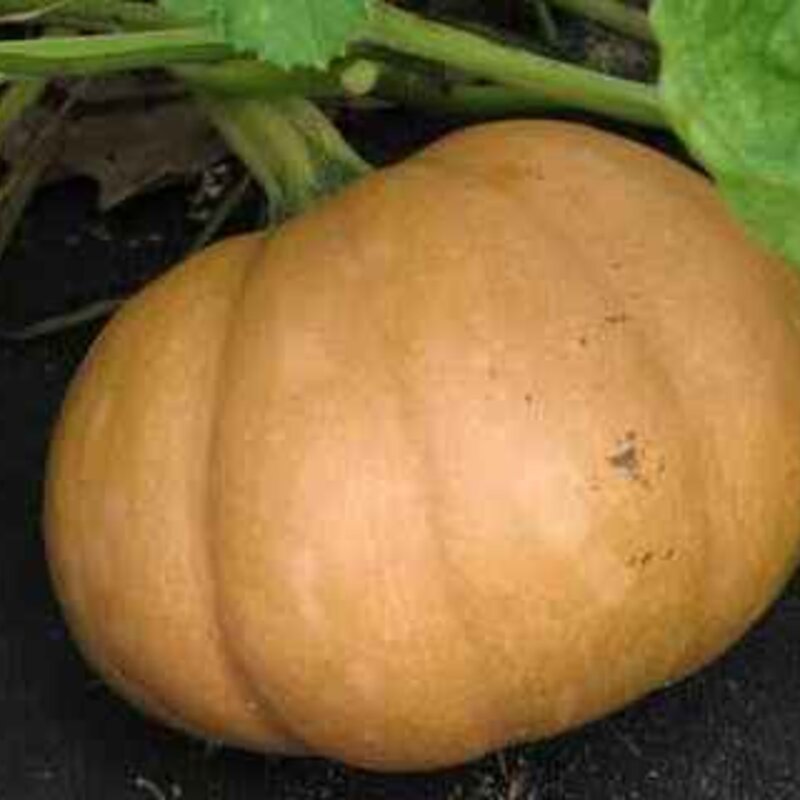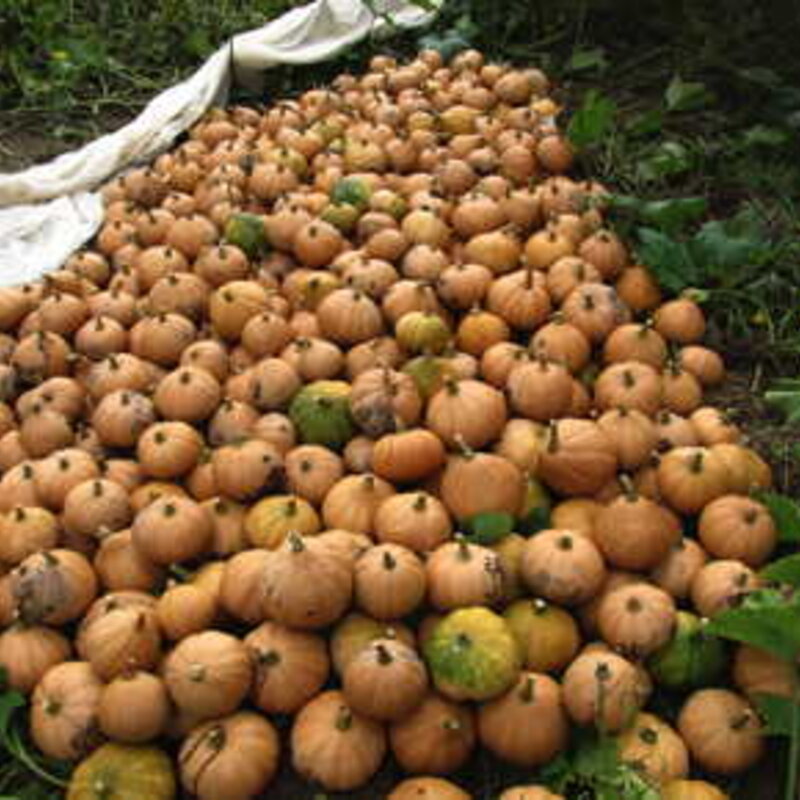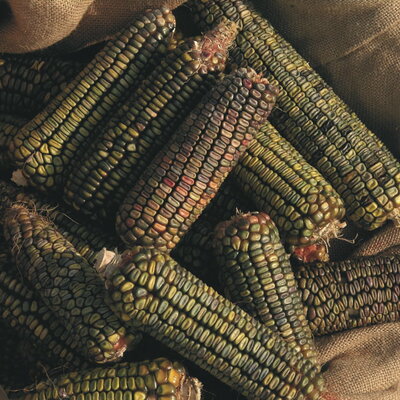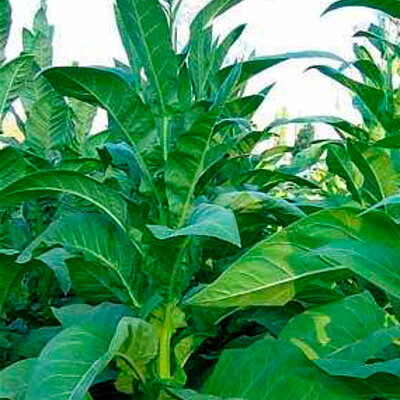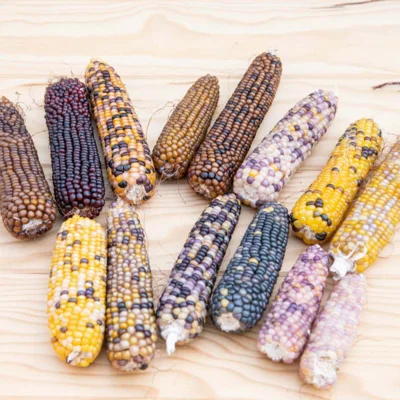Seminole - Moschata squash
This sweet, orange-fleshed variety is excellent for pies, soups and baked dishes. The fruit is teardrop-shaped. Thanks to their very tough skin, they can be kept for almost a year.
In cool climates, this variety sometimes fails to ripen and can therefore be eaten immature. It is not very sensitive to attack by piercing insects and appreciates warm, humid climates.
These products may also be of interest to you
in the ground, in bucket
Sow in pots at 18-20°C, 4-5 weeks before planting. Transplant with the root ball into the ground, after the last frosts, at a minimum distance of 2 m in all directions. For sowing directly in the ground, sow after the last frosts when the soil is well warmed. Sow or transplant in planting holes filled with compost and prepared 2 weeks in advance.
March, April, May
April, May, June
July, August, September, October, November
in the ground
sunny
fort
all floor types
rich, furniture, fees, reheated, wet
Cucurbita moschata
late
12 seeds
Orange, Bronze
edible
From 15 to 20 cm
The Seminoles gave it the name "chassa-howitska", which means "hanging pumpkin". Ranked as one of the 10 most endangered foods in the USA by RAFT, these teardrop-shaped, buff-colored squashes, around 18 cms in diameter, were cultivated by the Seminoles in the Everglades region of Florida in the 1500s. Seeds were sown at the foot of trees so that the plants would climb the trunks and allow the fruit to set on the bare branches. It came third out of 21 varieties selected in "Restoring Our Seed's" Fall 2005 taste contest. It also tied with the "Paydon" variety at the Fedco boutique meal in February 2006.



